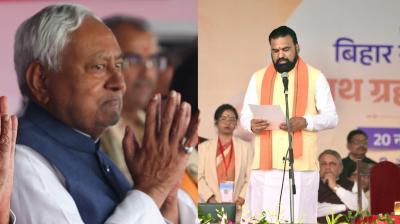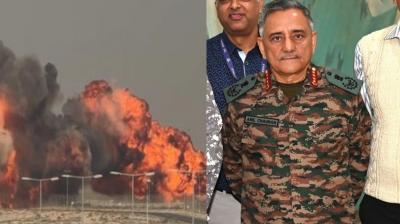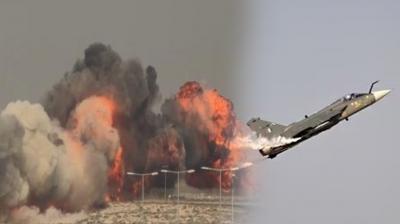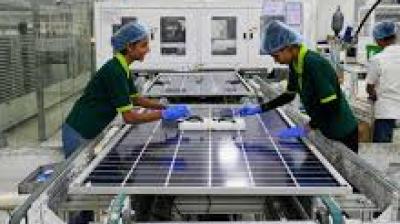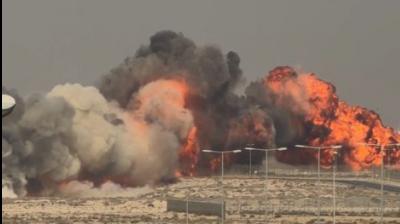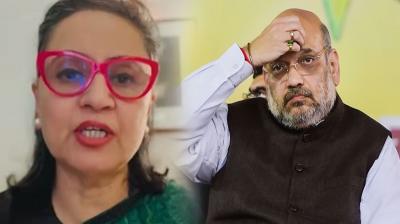Amritsar: Canadian Prime Minister Justin Trudeau today visited the Partition
Museum, dedicated to the memory of the partition of India in 1947, at
Town Hall in Amritsar along with his ministers and MPs.
Trudeau
was accompanied by his cabinet ministers Harjit Sajjan, Navdeep Bains,
Bardish Chagger, Kirsty Duncan, and Amarjeet Sohi.

He was
escorted by Mallika Ahluwalia, the CEO and Curator of the museum, Union
minister Hardeep Singh Puri, Minister of Local Government, Culture and
Tourism Navjot Singh Sidhu, and Member of Parliament Gurjeet Singh
Aujla.
Trudeau spent nearly 25 minutes at the museum.
He
spent some time in the gallery of migration, hearing stories and looking
at objects carried by people as they fled their homes and moved across
the newly-drawn borders at the time of Independence.
The Canadian
premier paused for a while at the well in the Gallery of Divisions,
dedicated to the women who were lost at the time of partition.

He
spent the maximum time in the Gallery of Hope, which focuses on love
and reconciliation. He left a note on the Tree of Hope writing that the
museum is "a poignant reminder that dividing people is never the answer;
we must learn to live together and love our differences."
Curator Ahluwalia said: "We are very grateful to Prime Minister
Trudeau for visiting the Partition Museum. As Canada has a vibrant
Punjabi community, the museum is very keen to record and include the
stories of Punjabis settled there."
Trudeau also shared his thoughts on the Partition Museum, saying
"to think of the lives torn apart, the violence and loss... We need to
remember that it's always easy to divide people. It's much more
difficult but it's the only path to bring people together in love and
understanding. We have to be ever vigilant that that is what we are
putting into the world and that is the way we are building our future."

The Canadian prime minister is in India on a week-long visit.
Earlier in the day, he paid obeisance at the Golden Temple in Amritsar.
The
Partition Museum is the world's first museum dedicated to the partition
of the Indian sub-continent in 1947. The museum is dedicated to all
those millions impacted in the largest migration in human history and is
a space of reconciliation.
The museum uses multi-media exhibits
including oral histories, archival footage, historical newspapers,
official files, as well as personal documents and objects carried by
individuals and families who lived through the Partition to tell the
story.
It also aims to become a comprehensive archive on the
Partition. The museum opened with a curtain raiser exhibition in October
2016 and opened all its galleries to the public on August 17, 2017.
PTI


